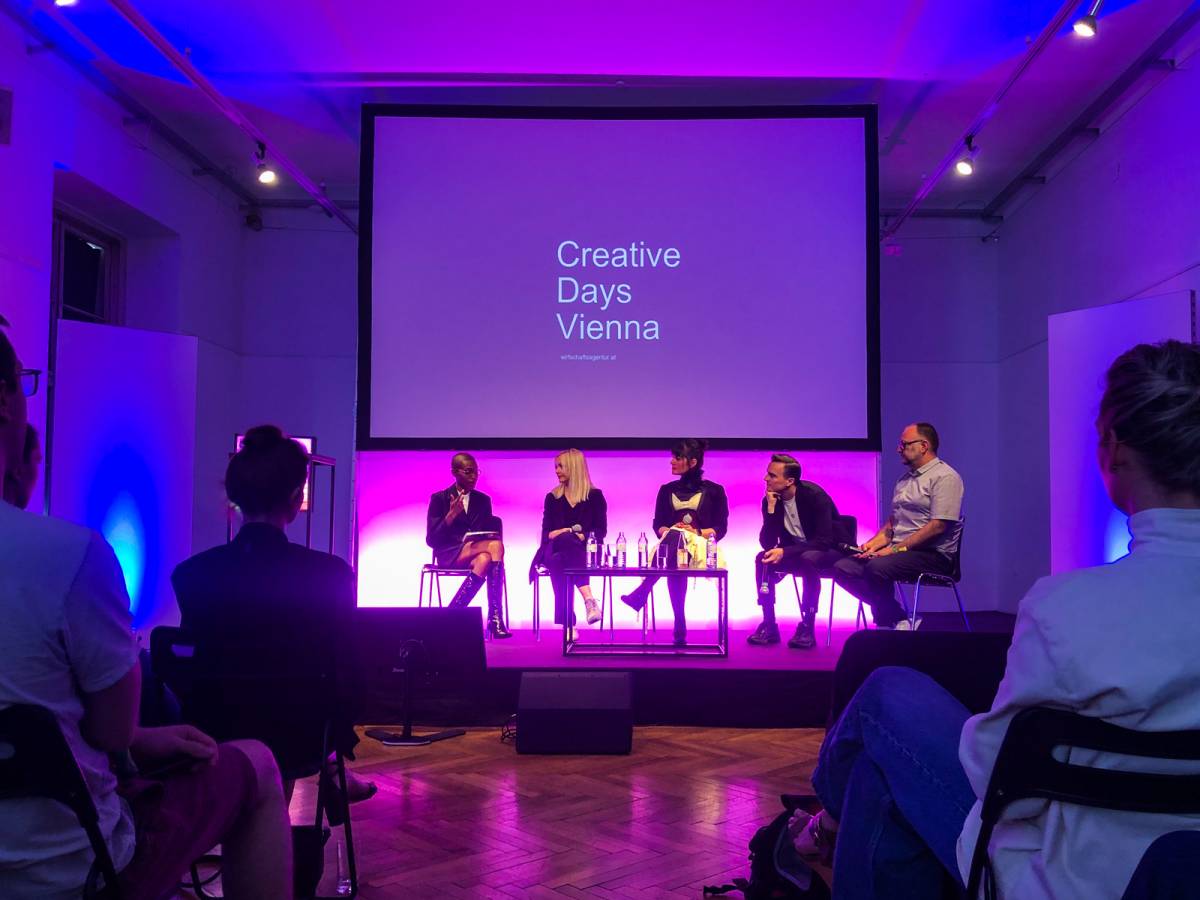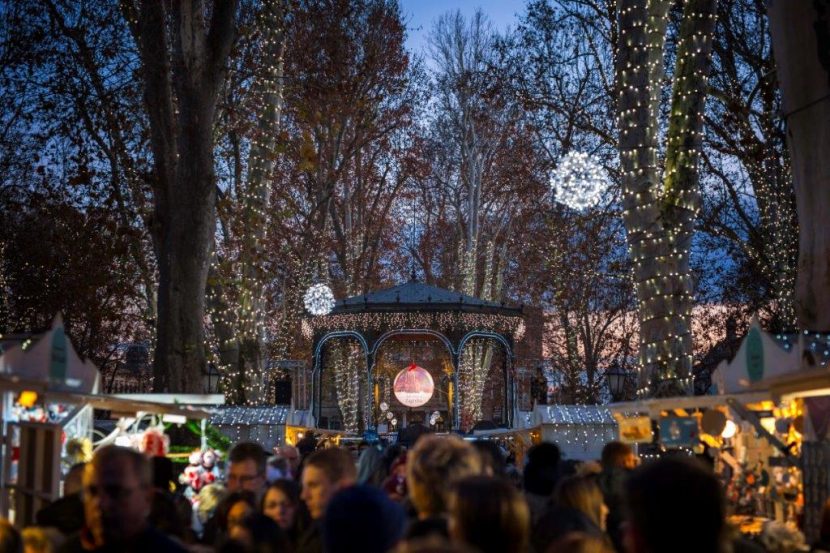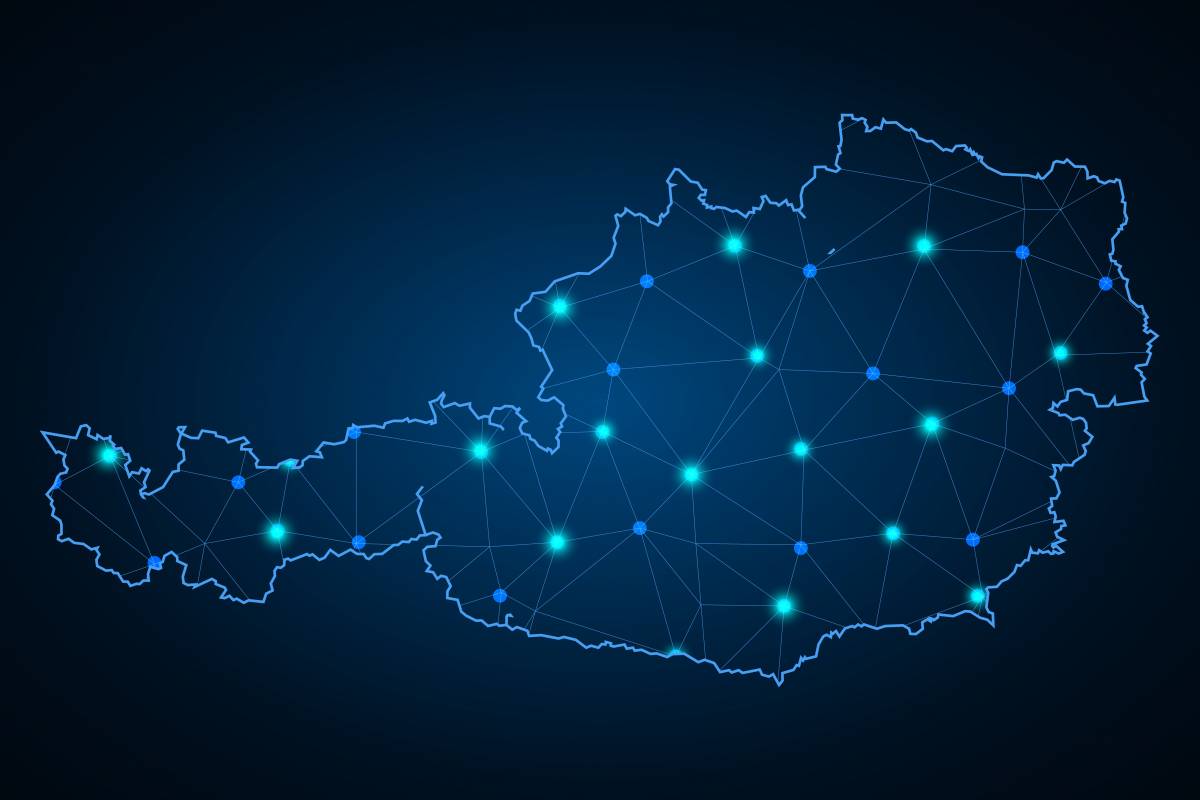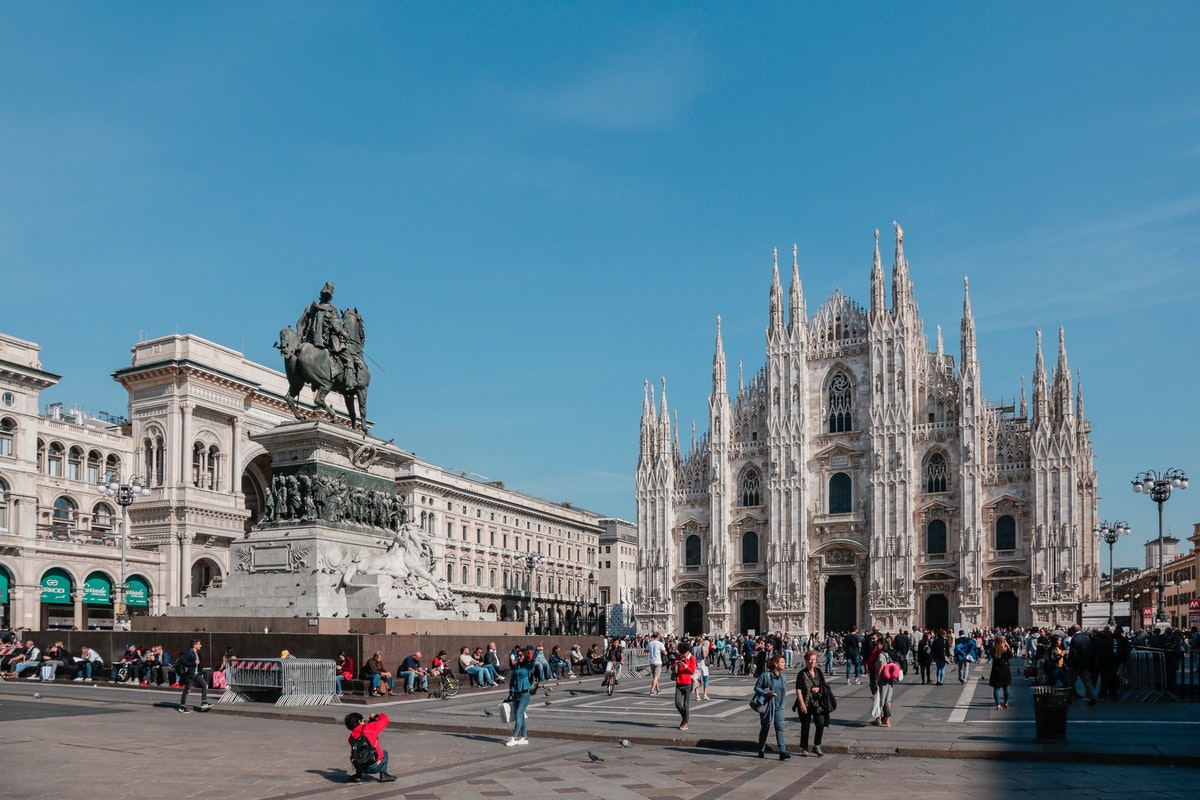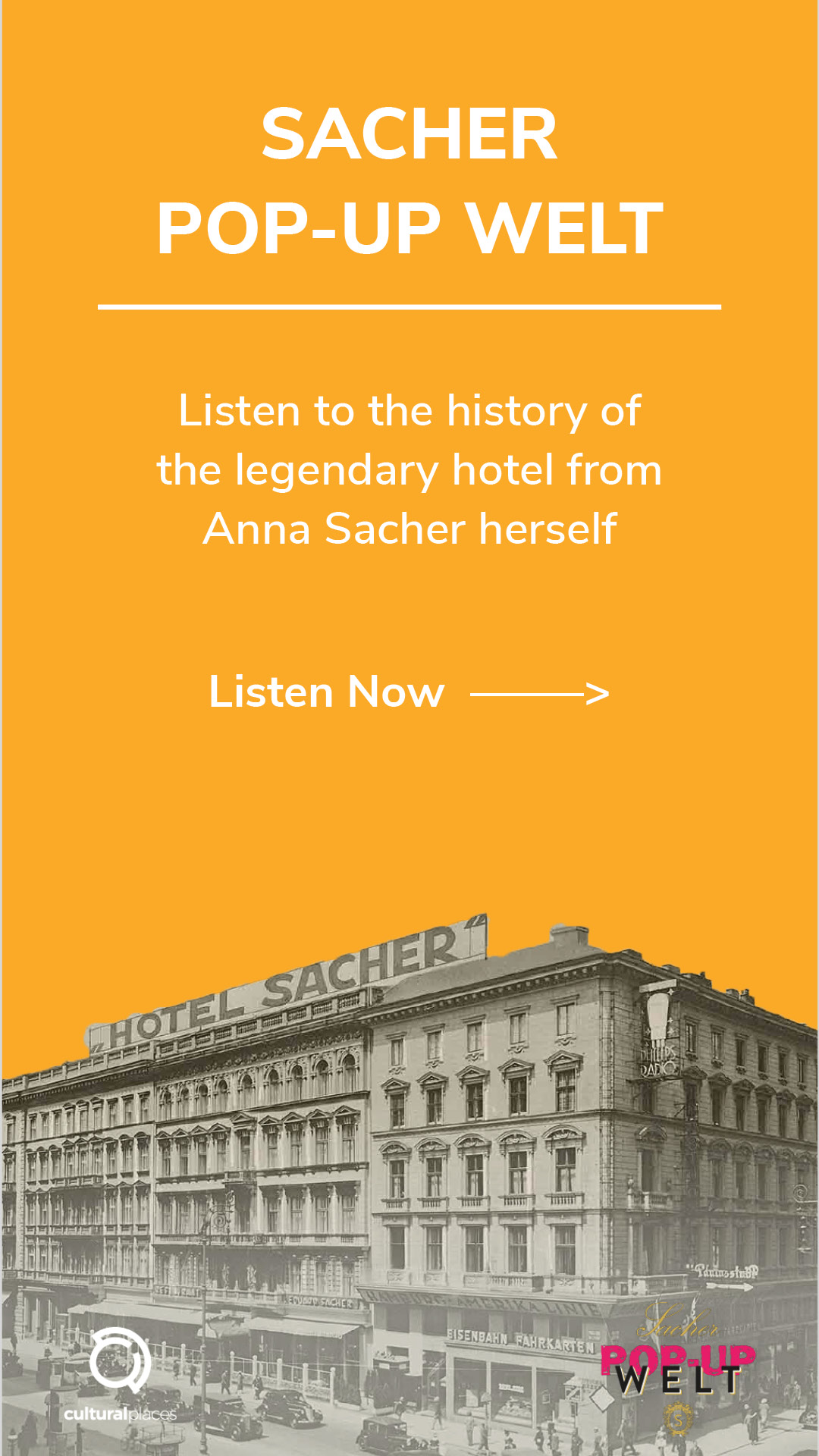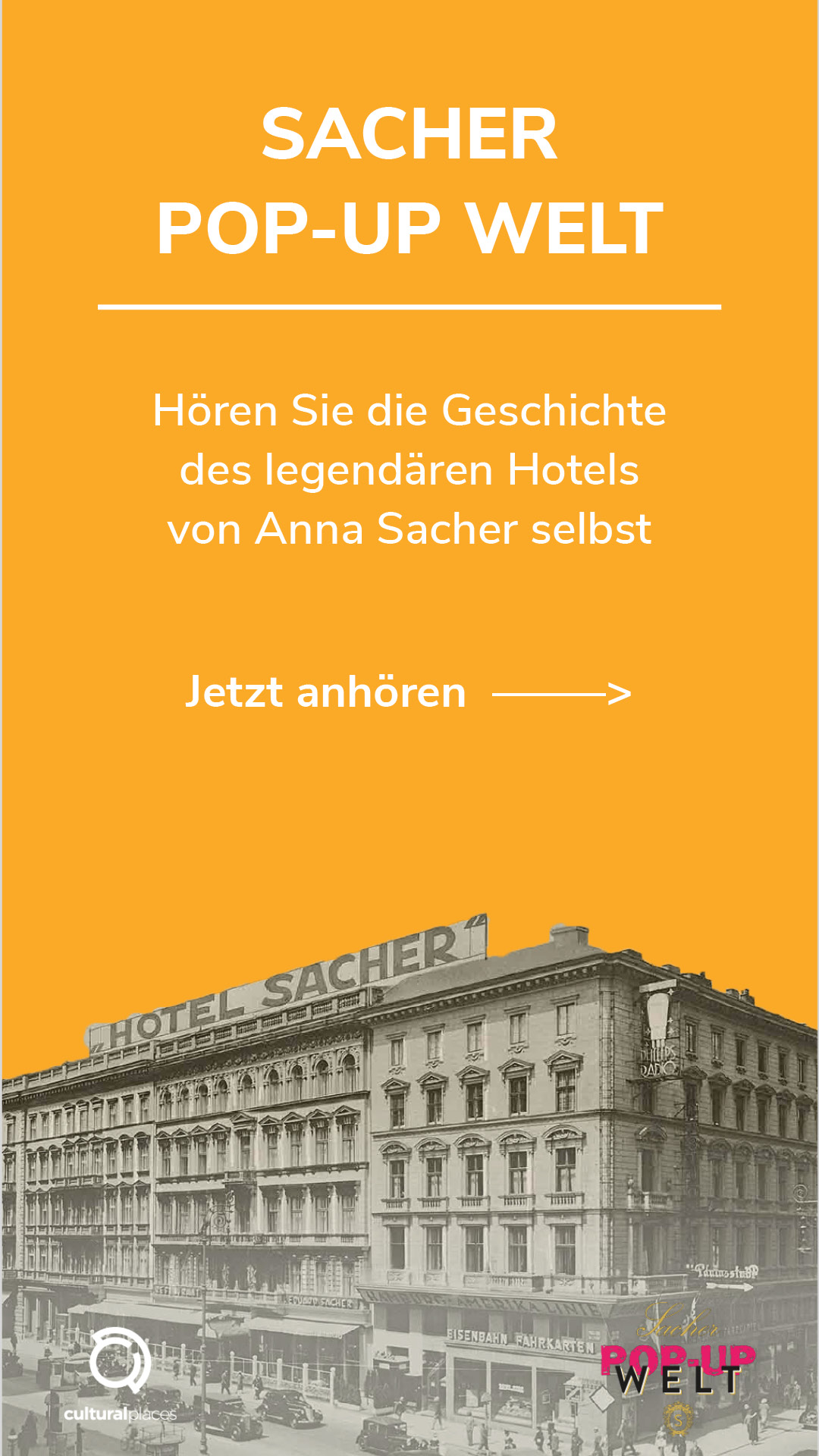We Visited the Creative Days Vienna 2022 Festival
This year’s Creative Days Vienna had the motto “Let’s talk Culture & Technology” – safe to say we had to check it out!
This was the Creative Days Vienna Festival
Creative Days Vienna 2022 is part of the ViennaUP’22 startup festival initiated by the Vienna Business Agency and took place on June 1 and 2. The festival is dedicated to the question of how digital technology is changing our culture and creative industries. Various topics are negotiated here, such as how arts and culture will be located in the digital society of the future, how organizations and institutions from the arts and culture sector (will) use technological innovations, the role the pandemic plays in this, the new business fields this opens up, and much more.
There were also networking meetings, workshops, and tours – we participated in one.

Volkskundemuseum was the festival center of Creative Days Vienna 2022. Photo: © Matthias Klos
Kick-off: Panel discussion and presentations
The first day started at the Volkskundemuseum with a panel discussion, moderated by Adia Trischler, on the occasion of the kick-off of the “Content Vienna” competition. Guests Gabriella Chihan Stanley, Clemens Bacher aka CID RIM, and Jogi Neufeld, as well as Jutta Scheibelberger from Content Vienna talked about technology as a tool to create connections and generate experiences. Technological developments can ideally generate added value, pick up people, and create access. Furthermore, they discussed (digital) utopias and their limitations, the metaverse, and the need for democratization of digital platforms. It is crucial to have an egalitarian approach and the potential of new digital applications to bring people together and create sustainable, meaningful moments.
Dan Koerner then presented some projects implemented by the Australian company sandpit. He impressively showed how digital applications can extend and deepen the analog experience on-site. Again, the recurring theme continued that digitization in the arts and culture sector can and should serve to create a special connection to objects, stories, and contexts that goes beyond passive consumption.
Due to a sad incident, the last lecture could not take place as planned; Patricia Reed took over the lecture of the recently deceased artist Diann Bauer and presented her work. Several videos allowed the audience to immerse themselves in her work.
Finally, there was a get-together to the sounds of CID RIM in the secluded garden of the Volkskundemuseum. Meanwhile, those who were interested could also solve a VR Sherlock Holmes detective case by Gabriella Chihan Stanley and her team from vrisch.

Inside MAK Design Lab
Tour at MAK and Belvedere
On the second day of Creative Days, we visited the MAK and the Belvedere to learn about their approaches to digitization. In the “Museums Bring Digital to Life-Tour,” guided by Sofia Widmann and Olga Tykhonova from Museum Booster, we got an insight into digital activities of both museums.
MAK has created its MAK.lab app, a progressive web app that lets visitors interact with objects in a simple way. Small patterns attached to the exhibited objects can be imitated in the app, and additional information on the objects gets displayed. This is intended to get visitors a bit active and interact with the exhibition objects differently.
Afterward, we went to the Upper Belvedere, where the economic director of the Belvedere, Wolfgang Bergmann, and Jürgen Pölzl from arteq gave insights into their NFT project. “The Kiss” by Gustav Klimt was photographed in high resolution and this digital image was then divided into 10,000 snippets. Each of these pieces is available as an NFT. With this project, the Belvedere was one of the first museums to venture in this direction. They emphasized that buying NFTs is not just about investing but about getting access to art in a new way and entering new communities. If you want to know more about how NFTs and the Klimt project work, we recommend reading our blogpost about Klimt and NFTs.

Wolfgang Bergmann and Jürgen Pölzl are explaining the Klimt NFT project at Belvedere
Digital Future
The Creative Days Vienna festival shows how important digitalization has become in the creative sector. Exciting actors from various fields gave impulses on what digital applications of the future could look like, what they ideally do, and why they have long since become an integral part of the arts and culture sector.
Cultural Places also supports the arts and culture sector with its digital platform and provides the tools to build connections, excitingly communicate cultural content and reach new target groups. Read more here!

